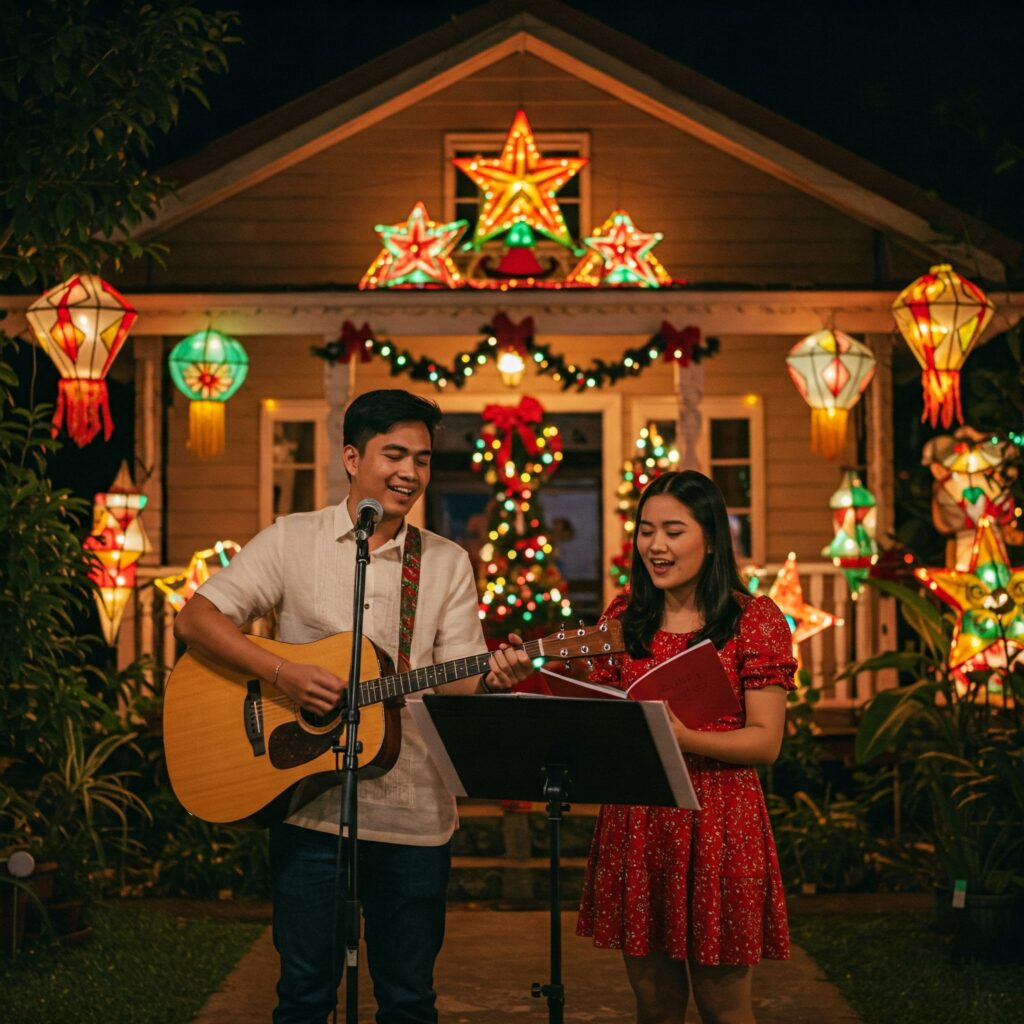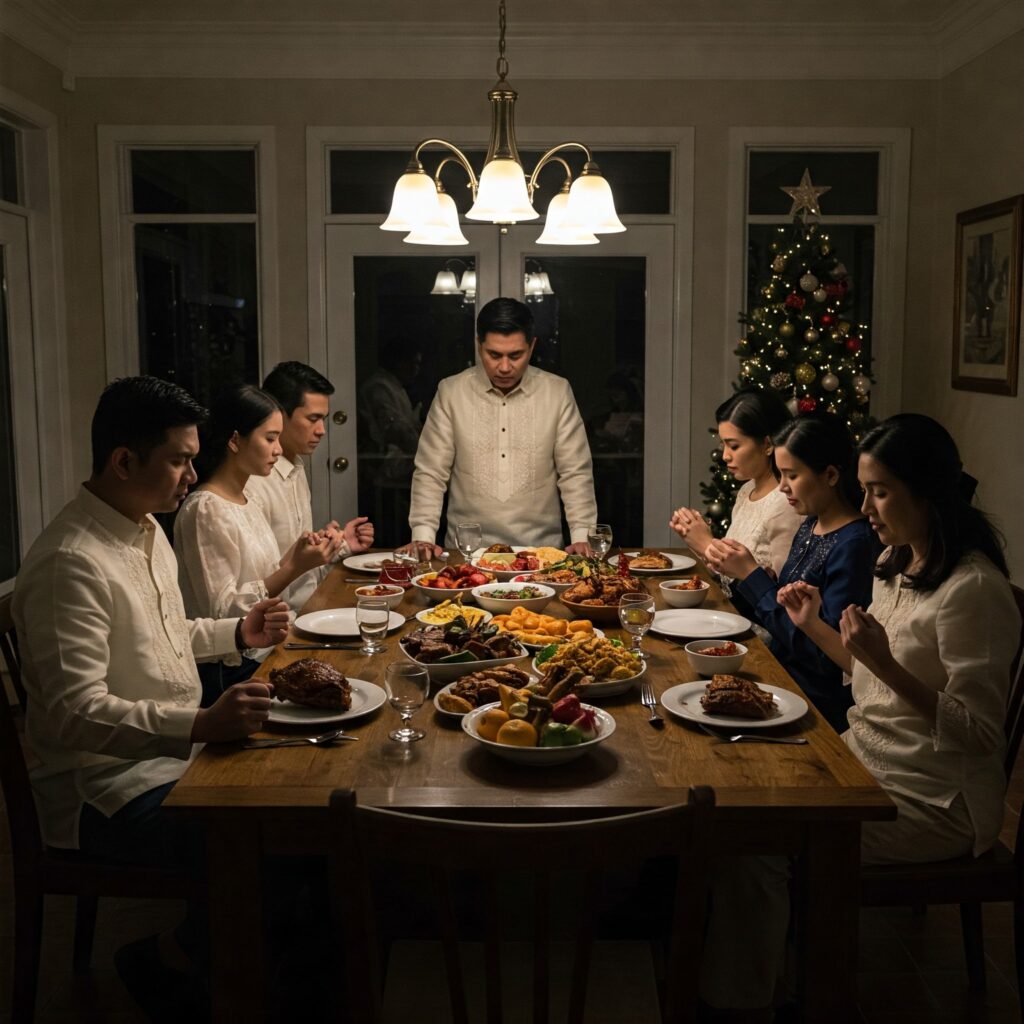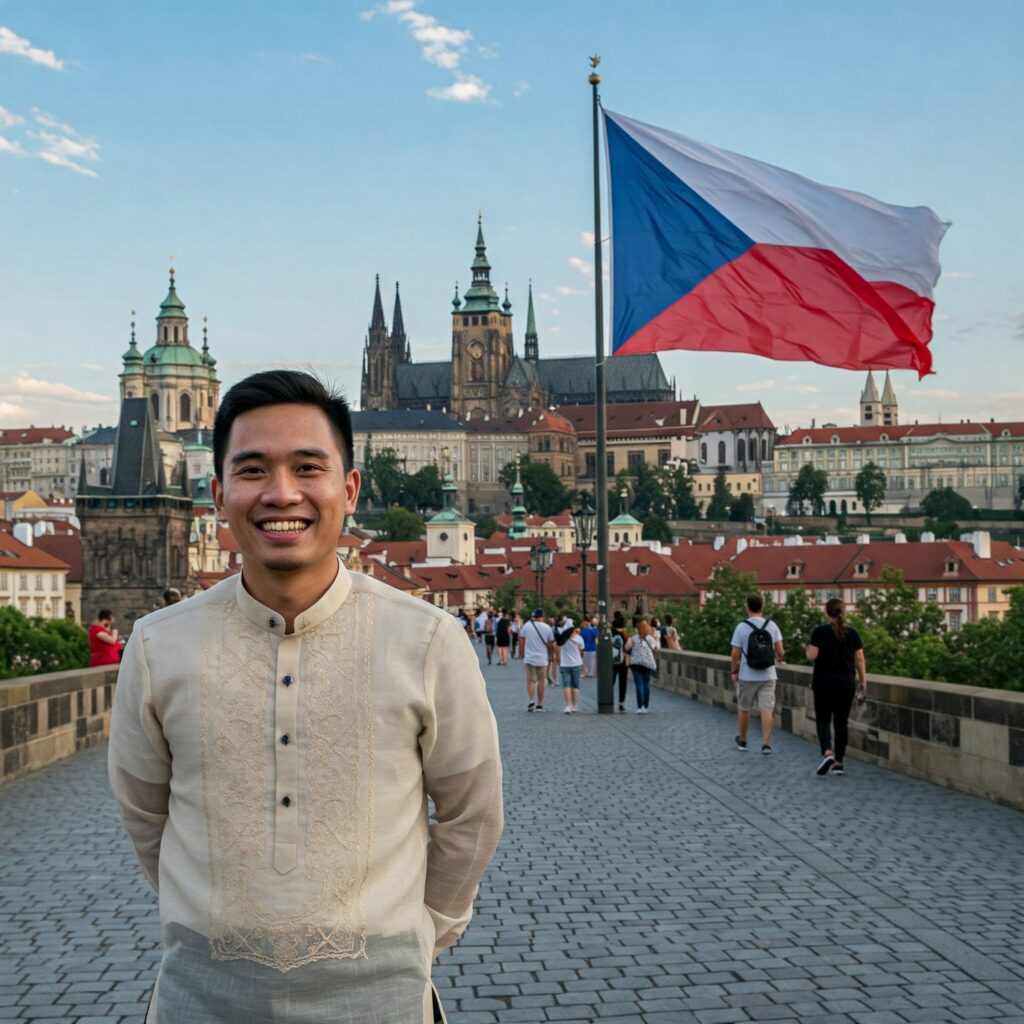When it comes to Christmas, the Philippines doesn’t just celebrate—it celebrates. With festivities starting as early as September and stretching all the way to January, Filipinos take pride in hosting the longest and most cheerful holiday season in the world. So, grab your parol (Christmas lantern), dust off those karaoke machines, and let’s dive into the colorful, food-filled, and family-centric traditions of a true Pinoy Christmas!
The “Ber” Months: When Christmas Spirit Begins
It’s September… Why Not Start Now?
While most of the world is still recovering from summer, Filipinos are already gearing up for the holiday season. The moment September hits, radios and malls begin blasting Jose Mari Chan’s iconic Christmas hits, marking the unofficial start of the holiday season. This early kick-off sets the tone for months of merry-making, shopping, and decorating.
Why the Early Start?
Cultural experts say this tradition stems from the Filipinos’ love for family and festivities. The “ber” months (September, October, November, December) provide ample time for preparation and enjoyment. Plus, who wouldn’t want an excuse to prolong the happiest time of the year?
| Month | Key Activities |
|---|---|
| September | Christmas songs, early decorations, gift planning |
| October | More decorations, church preparations |
| November | Simbang Gabi planning, bazaars, Christmas shopping |
| December | The main festivities, Noche Buena, family reunions |
| January | Three Kings celebration, taking down decorations |
Source: Philippine Christmas Guide
Unique Filipino Christmas Traditions
Parol: The Star of Christmas
No Filipino Christmas is complete without a parol, the vibrant, star-shaped lantern that adorns homes, schools, and streets. Symbolizing the Star of Bethlehem, parols come in all sizes and are often lit up with colorful lights that add to the festive spirit.
Fun fact: San Fernando, Pampanga, is known as the “Christmas Capital of the Philippines” and hosts an annual Giant Lantern Festival (Ligligan Parul), showcasing dazzling lanterns that will leave you in awe.
Simbang Gabi: Nine Mornings of Devotion
Imagine waking up at 4 a.m. for nine consecutive mornings just to attend church—that’s Simbang Gabi for you! This novena of masses begins on December 16 and is a cherished tradition among Filipino Catholics. The reward? Aside from spiritual blessings, you’re greeted with steaming bibingka (rice cake) and puto bumbong (purple sticky rice) sold outside the church.
Noche Buena: The Ultimate Feast
On Christmas Eve, Filipino families come together for Noche Buena, a grand midnight feast. Tables are laden with festive dishes like lechon (roast pig), hamon (Christmas ham), queso de bola (edam cheese), and, of course, the family’s secret recipe for spaghetti. It’s a meal filled with laughter, love, and way too much food—just the way Filipinos like it.
Monito Monita: The Filipino Version of Secret Santa
Exchanging gifts is made even more exciting with Monito Monita, a tradition where participants anonymously exchange small tokens leading up to Christmas. Themes like “something sweet” or “something red” add a playful twist to gift-giving.
Filipino Christmas Food: A Culinary Wonderland
Lechon: The Star of the Table
No Filipino celebration is complete without lechon. This crispy, golden roast pig is the ultimate showstopper and the crown jewel of any Noche Buena spread. Pro tip: The skin, known as “balat,” is the most coveted part, so act fast if you want a piece!
Bibingka and Puto Bumbong
Nothing beats the aroma of freshly cooked bibingka and puto bumbong after Simbang Gabi. Topped with salted egg and cheese, bibingka offers the perfect balance of sweet and savory, while puto bumbong’s rich coconut and muscovado sugar toppings make it an irresistible treat.
| Dish | Description |
|---|---|
| Lechon | Whole roasted pig with crispy skin |
| Bibingka | Rice cake with salted egg and cheese toppings |
| Puto Bumbong | Purple rice cake topped with coconut and sugar |
| Queso de Bola | Edam cheese, a holiday staple |
| Hamon | Sweet, glazed Christmas ham |
Source: Filipino Food Culture
Kakanin: Sticky Sweet Goodness
Filipinos love their sticky rice desserts, especially during Christmas. Favorites include kutsinta (brown rice cake), sapin-sapin (layered rice cake), and suman (rice wrapped in banana leaves). Why sticky? It’s said to symbolize family togetherness—because nothing binds people quite like dessert!
Family Gatherings: Where the Real Magic Happens
Reunions Galore
Christmas is the perfect excuse for families to reconnect, whether it’s with relatives from across the street or balikbayans (overseas Filipinos) flying in. Expect karaoke battles, endless rounds of “pinoy henyo,” and relatives asking, “Kailan ka mag-aasawa?” (When are you getting married?)
Gift-Giving and Aguinaldo
Children look forward to receiving aguinaldo—cash gifts handed out by ninongs (godfathers) and ninangs (godmothers). Pro tip for kids: Practice your “mano po” (a gesture of respect) for bonus points and extra pesos!
Karaoke Marathons
What’s a Filipino gathering without karaoke? Belting out Mariah Carey’s “All I Want for Christmas Is You” or Aegis’ classics is practically a national sport. Just make sure to keep the mic away from that tito who refuses to let go.
Why Christmas in the Philippines is Extra Special
Community Spirit
In the Philippines, Christmas isn’t just about family; it’s about community. Streets are filled with carolers, barangays (neighborhoods) organize parties, and everyone’s door is open for neighbors to drop by.
Fiestas and Events
From Christmas bazaars to grand fireworks displays, every city and town has its way of celebrating. Notable events include the Paskuhan Village in Pampanga and the grand lights display at Ayala Triangle Gardens in Makati.
| Event | Location | Highlights |
|---|---|---|
| Giant Lantern Festival | San Fernando | Gigantic, colorful lanterns |
| Ayala Triangle Lights | Makati City | Dazzling synchronized light shows |
| Paskuhan Village | Pampanga | Christmas-themed attractions |
| Carolling Contests | Nationwide | Groups competing in singing competitions |
Source: Philippine Tourism Board
Post-Holiday Blues? Not in the Philippines
Even after December 25, the holiday spirit continues. Filipinos celebrate the Feast of the Three Kings in January, marking the official end of the Christmas season. But let’s be real—many leave their decorations up until February. Who’s judging?
Conclusion
Christmas in the Philippines is more than just a holiday; it’s a lifestyle. From its early beginnings in September to the grand family feasts and community events, the season is a testament to the Filipino’s love for joy, tradition, and togetherness. Whether you’re a local or a curious traveler, experiencing a Pinoy Christmas is bound to leave you with memories as warm and vibrant as a parol lighting up the night sky.
Disclaimer: The information in this article is based on publicly available sources and personal observations. For any inaccuracies, please contact us to ensure corrections are made promptly.




